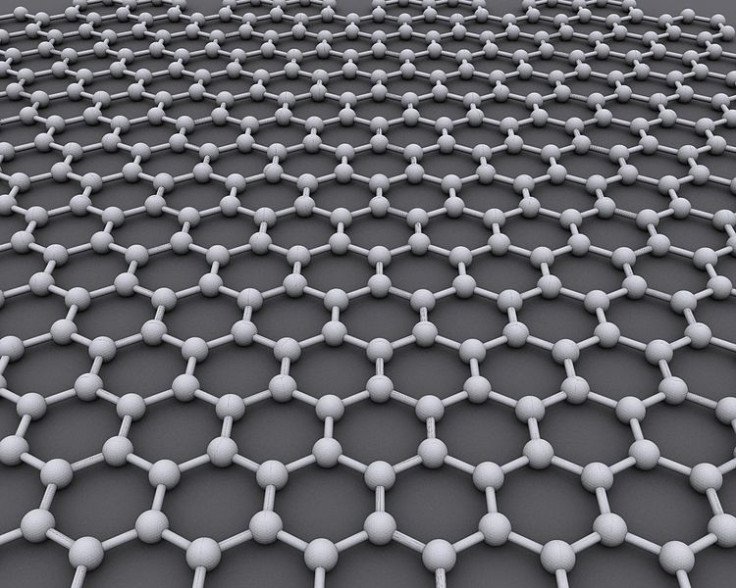Breakthrough in graphene production announced

Research at the University of Glasgow has developed a way to mass produce graphene a hundred times cheaper than before. The magic material of the future has been limited in applications due to the expense in manufacture.
The team led by Dr avinder Dahiya used the same type of copper used in lithium ion batteries to produce large sheets of graphene. The method used was similar to earlier ones where graphene is deposited on a substrate during a gaseous reaction.
Commercially-available copper foils used as the negative electrodes in lithium-ion batteries provided the smooth surface for the deposition of graphene. Graphene so produced offered much improved electrical and optical performance when used in transistors compared to materials produced from the older process.
Dahiya, of the University of Glasgow's School of Engineering, said: "The commercially-available copper we used in our process retails for around one dollar per square metre, compared to around $115 for a similar amount of the copper currently used in graphene production. This more expensive form of copper often required preparation before it can be used, adding further to the cost of the process.
"Our process produces high-quality graphene at low cost, taking us one step closer to creating affordable new electronic devices with a wide range of applications, from the smart cities of the future to mobile healthcare."
Dahiya is particularly interested in the field of synthetic skin where graphene could provide the flexible, conducting surface of prosthetics capable of providing sensation.
The work has been published in Scientific Reports.
Graphene, made of a single layer of carbon atoms, is known for its strength and flexibility. It conducts electricity better than copper and is 200 times stronger than steel, while being six times lighter. It is almost perfectly transparent.
With its high electrical conductivity, ability to store energy and ultra-strong and light structure, graphene is the choice material for applications in electronics, energy, the environment and medicine. Its extraordinary optical and electronic mechanical properties lend it to many applications like flexible touch screens for phones and tablets.
Physicists view graphene as a sea of non-interacting electrons that behaves more like high-energy particles than solid matter.
© Copyright IBTimes 2025. All rights reserved.





















